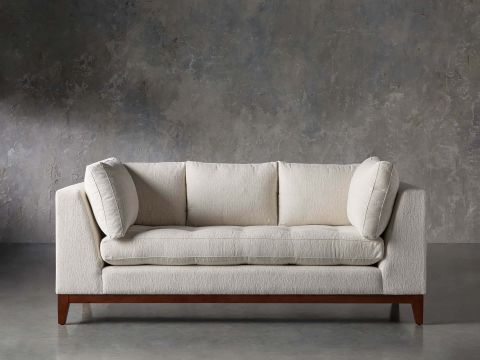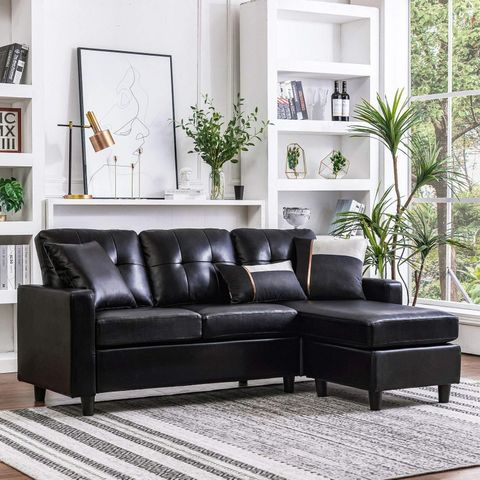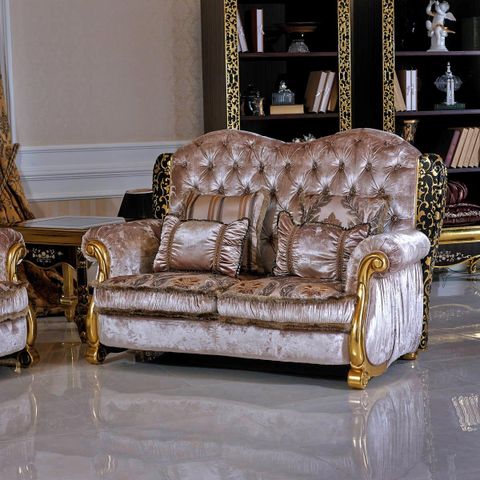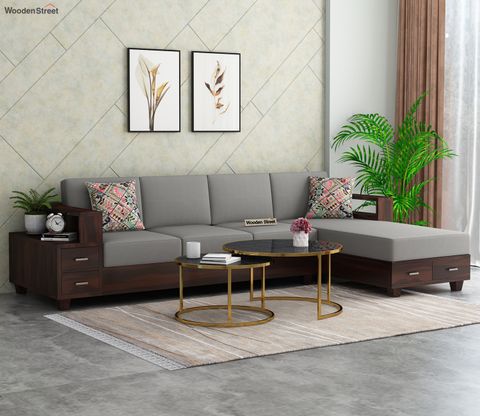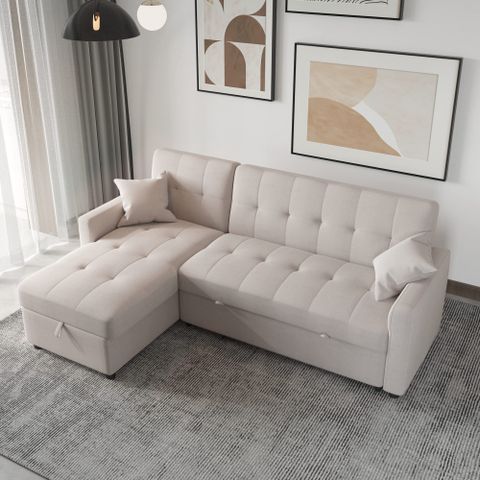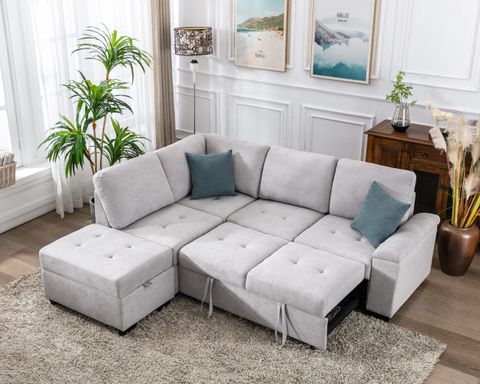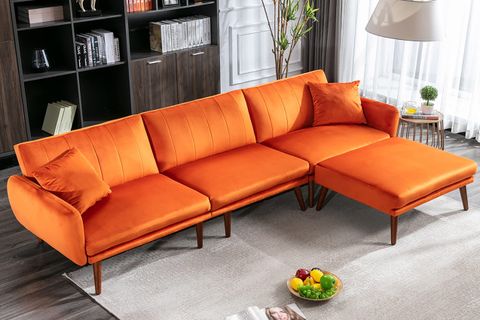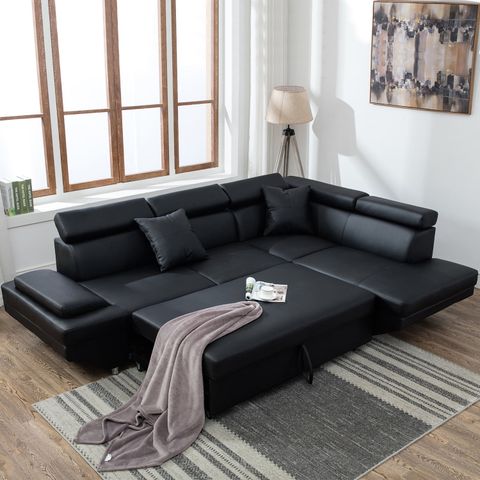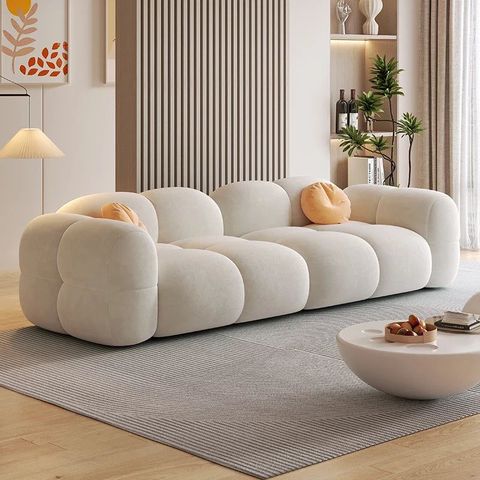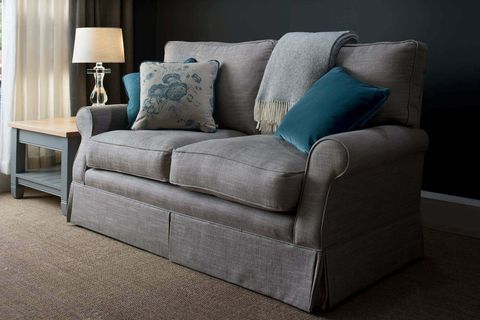For decades, the sofa has held a prime position in our living rooms, a veritable throne of relaxation. It’s where we binge-watch shows, catch up with friends, and occasionally even doze off. But as our lives and homes evolve, so too should our ideas about what truly constitutes comfort. Could it be that this beloved piece of furniture, while undeniably useful, is actually hindering our quest for genuine coziness and a more dynamic living experience? Let’s dive in and see if the reign of the sofa needs a little… dethroning.
Think about it: the sofa. It’s practically synonymous with ‘living room,’ isn’t it? From sprawling sectionals to cozy loveseats, these upholstered behemoths have been the go-to for relaxation and social gathering for ages. We sink into them after long days, gather our families on them for movie nights, and often, they become the silent, plush witness to our lives. But what if this ubiquitous piece of furniture, while offering a certain kind of comfort, is actually limiting our options and pushing other, perhaps more versatile, forms of relaxation to the sidelines? It might be time to pose the question: is the sofa still the undisputed centerpiece of comfort, or are we ready to explore a more diverse landscape of cozy living?
The Sofa’s Grip: More Than Just Furniture
The sofa’s dominance isn’t just about its physical presence; it’s deeply ingrained in our cultural understanding of home. It represents stability, a place to unwind and be ‘at home.’ This perception, however, can create a kind of furniture inertia. We buy a sofa because that’s what you do when you furnish a living room. This can lead to spaces that, while functional, lack personality or cater to a wider range of needs. For instance, a large sofa might dominate a small room, making it feel cramped and less inviting. Or perhaps its style doesn’t truly reflect the occupants’ evolving tastes. It’s a commitment, a significant investment that often dictates the layout and feel of an entire room for years to come. We often feel we have to have one, even if our actual living habits might be better served by something else.
The Comfort Conundrum: Is it Always What We Need?
Let’s be honest, not all sofas are created equal in the comfort department. Some are notoriously stiff, others too soft, and many are a compromise. Furthermore, our definition of comfort shifts. Sometimes, we crave a more active, engaged comfort – like reading in a supportive armchair with a good book, or perhaps stretching out on floor cushions for a more grounded feeling. A sofa, by its very design, encourages a specific posture and level of activity: passive relaxation. Think about it – how often do you find yourself slouched, or even asleep, on the sofa? While that can be nice, it’s not always the most conducive to activities like reading attentively, doing yoga, or even engaging in a lively conversation without feeling like you’re sinking into oblivion. The ‘comfort’ it offers can sometimes be a one-size-fits-all approach that doesn’t quite fit everyone, or every moment.
Beyond the Sofa: Embracing a Multifaceted Approach to Cozy
So, if we’re questioning the sofa’s absolute rule, what are the alternatives? The good news is, there are plenty of ways to cultivate comfort that don’t solely rely on a large upholstered piece. Consider a collection of comfortable armchairs, each offering a different seating experience. Think about floor seating – beautiful, plush cushions and poufs can create an informal and inviting space, perfect for lounging and conversation. Beanbags, although sometimes seen as juvenile, have made a comeback with more sophisticated designs and materials. Even well-placed ottomans and benches can offer flexible seating and resting spots. The key is to think about variety and adaptability in your living space. Instead of one dominant piece, create a landscape of comfort that caters to different moods and activities. This allows for more dynamic use of your space and a more personalized approach to relaxation.
Creating Zones of Relaxation: Flexibility is Key
Instead of a single ‘comfort zone’ centered around the sofa, imagine creating multiple smaller zones. Perhaps one corner boasts a plush armchair with a reading lamp and a side table for a cup of tea. Another area might feature a collection of floor cushions and a low coffee table, perfect for relaxed gatherings or even a casual meal. This approach is particularly beneficial for smaller homes or apartments where a large sofa can overwhelm the space. It also encourages different types of interaction. Sitting in an armchair might foster more focused conversation than sprawling on a sectional. Floor seating can feel more intimate and communal. This flexibility allows your living area to adapt to your needs throughout the day, from quiet contemplation to social gatherings. It’s about making your space work harder and smarter for you.
The Practicalities: Space, Style, and Spending
Let’s not forget the practical side. Sofas, especially good ones, can be a significant financial outlay and take up a considerable amount of square footage. Opting for a mix of smaller, more versatile pieces can sometimes be more budget-friendly and space-efficient. Think about a stylish loveseat paired with a couple of accent chairs, or even a comfortable daybed that can serve as both seating and a guest bed. This allows for greater flexibility in rearranging your room as your needs or tastes change, something that’s much harder to do with a massive sofa. Plus, it opens up possibilities for incorporating unique vintage finds or pieces that truly reflect your personal style, rather than settling for what’s ‘standard’ for a living room centerpiece.
Redefining ‘Homey’: Embracing Personal Comfort
Ultimately, the ‘centerpiece of comfort’ should be whatever makes you feel most at ease and happy in your home. For some, that will always be a well-loved sofa. But for others, true comfort might lie in a sun-drenched window seat, a cozy nook with floor pillows, or a collection of inviting chairs. It’s about moving beyond the traditional script of home design and embracing what genuinely brings you peace and contentment. This might mean experimenting with different furniture arrangements, exploring unconventional seating options, and prioritizing personal preference over convention. Your home should be a sanctuary that reflects your unique lifestyle and brings you joy, not just a place that houses a sofa. It’s about creating a space that truly nurtures you, in whatever form that takes.
So, is the sofa’s reign over? Perhaps not entirely, but its absolute monarchy is certainly being challenged. By considering a more diverse and adaptable approach to furnishing our living spaces, we can unlock new levels of comfort, functionality, and personal expression. It’s about recognizing that ‘comfort’ isn’t a monolithic concept but a spectrum, and our homes should reflect that richness. Whether you decide to keep your beloved sofa but supplement it with other cozy elements, or completely reimagine your living area with a mosaic of comfortable seating, the goal is to create a space that truly serves you. Here’s to exploring beyond the cushions and discovering a more dynamic, personalized, and ultimately, more comfortable way to live.

